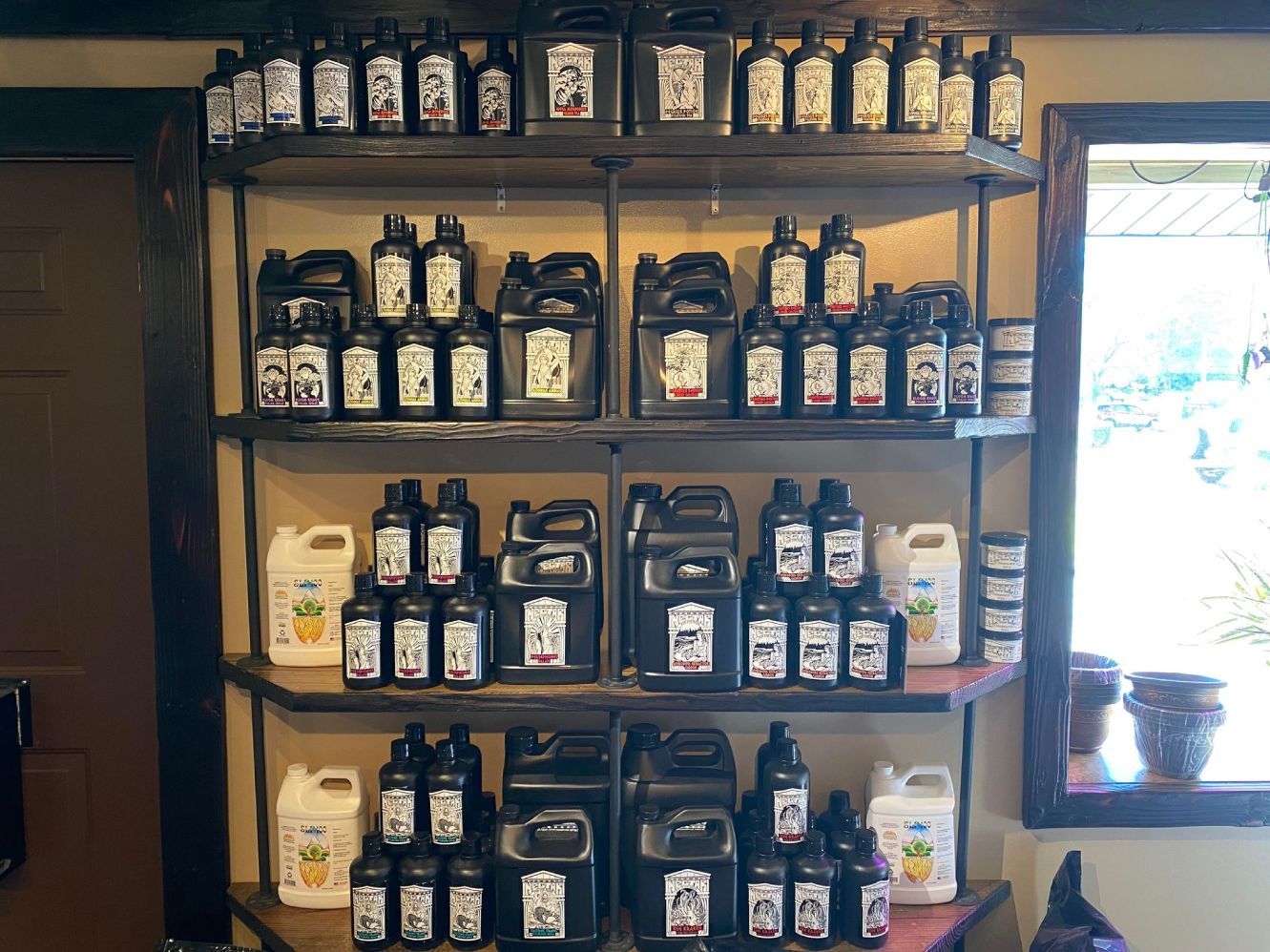Unlocking the Prospective of Hydroponics: Recognizing Its Uses and Different Kinds
Hydroponics, a method of cultivating plants without soil, has actually amassed enhancing interest for its possible to revolutionize agriculture and gardening techniques. The precision control over nutrient delivery, water usage, and environmental aspects provides a look into a future where food production can be enhanced in different setups. As we browse via the intricate landscape of hydroponic systems and techniques, it becomes apparent that each method holds unique benefits and restrictions. By untangling the diverse usages and kinds of hydroponics, we can uncover a world of opportunities that may reshape exactly how we imagine lasting farming and gardening methods.
Advantages of Hydroponic Solutions

An additional benefit of hydroponic systems is the capacity to expand plants in a smaller space. Hydroponic systems lower the threat of soil-borne illness and pests, as there is no dirt to harbor these hazards.
Typical Makes Use Of in Farming

Offered the reliable water preservation and space-saving advantages of hydroponic systems, it is evident that these innovative agricultural techniques have discovered typical uses in different industries of agriculture. In conventional agriculture, soil-based farming can be labor-intensive and land-consuming. Hydroponics uses a remedy by permitting crops to be grown without soil, lowering water use by approximately 90% compared to traditional farming methods. This makes hydroponics especially suitable for regions dealing with water shortage or restricted arable land. The controlled setting of hydroponic systems makes it possible for year-round growing, providing a regular supply of fresh fruit and vegetables regardless of exterior weather conditions.
Hydroponics is typically utilized for expanding a variety of crops, consisting of leafed greens, tomatoes, cucumbers, strawberries, peppers, and herbs. In addition, hydroponic systems are made use of in research study and instructional settings to research plant development, cultivation, and nutrition methods.
Checking Out Different Hydroponic Techniques
What are the different ingenious methods utilized in hydroponics to improve crop cultivation effectiveness and yield? Hydroponic systems supply a series of techniques that accommodate various plant types and farming goals. One popular strategy is the Deep Water Society (DWC) system, where plant roots are immersed in a nutrient remedy, giving adequate oxygen and nutrients. Another commonly used method is the Nutrient Film Method (NFT), which involves a shallow stream of nutrient remedy flowing over the plant origins, advertising water and nutrient uptake. Additionally, the Ebb and Flow system, also referred to as the Flooding and Drain system, intermittently floods the plant roots with nutrient solution, allowing for oxygenation during draining periods. Aeroponics is another cutting-edge strategy that involves misting plant origins with a nutrient service, optimizing oxygen absorption and nutrient uptake. Each of these strategies showcases the adaptability and efficiency of hydroponic systems in boosting plant growth and yield.
Contrasting Various Hydroponic Solutions
Exploring the performance and yield improvement techniques in hydroponics leads us to compare different hydroponic systems readily available for crop growing. Each hydroponic system has its distinct functions, benefits, and constraints, making it essential for farmers to select the most appropriate system based upon their details demands and constraints.
One of the most usual hydroponic systems is the nutrient movie technique (NFT), where a slim film of nutrient remedy constantly streams over the plant roots. In comparison, the deep water society (DWC) system submerges plant origins straight right into the nutrient remedy, providing sufficient oxygen and nutrients.
One more preferred hydroponic system is the ebb and flow (or flooding and drain) system, which regularly floods the plant roots with nutrient service visit the website prior to draining it. By understanding the differences between these hydroponic systems, growers can make educated decisions to make the most of crop return and high quality.
Developments in Hydroponic Technology
With innovations in hydroponic modern technology, the agricultural industry is experiencing a shift towards extra reliable and sustainable cultivation methods. Technologies in hydroponic modern technology are changing the means plants are grown by maximizing returns, conserving resources, and reducing environmental influence. One crucial development is the advancement of wise hydroponic systems that utilize sensors and automation to keep track of and adjust ecological conditions such as pH levels, nutrient focus, and light direct exposure in real-time. These systems allow accurate control over expanding conditions, causing ideal plant growth and higher plant returns.
One more remarkable improvement is the integration browse around here of vertical farming techniques with hydroponic systems, enabling the cultivation of plants in stacked layers. This vertical strategy makes best use of space usage, making it optimal for city settings where land accessibility is limited - The Indoor Earthworm. Furthermore, making use of advanced LED lighting systems tailored to specific plant requirements has actually improved energy effectiveness and boosted development prices in hydroponic configurations
Advancements like these are driving the evolution of hydroponics, making it a extremely appealing and lasting alternative for contemporary agriculture.
Verdict
To conclude, hydroponics supplies various advantages in agriculture and has different methods and systems that can be used to optimize its capacity. Advancements in hydroponic technology remain to improve efficiency and sustainability in food production. By understanding the uses and various types of hydroponic systems, farmers and farmers can open the complete potential of this cutting-edge method of growing plants without dirt.
Furthermore, hydroponic systems allow for better control over nutrient levels, pH equilibrium, and ecological problems, leading to healthier plants and higher returns.
